Some of the links in this post may be affiliate links.
This post discusses the advantages and disadvantages of terra cotta pots, or clay pots. I also have included some very valuable tips to working with them that you probably didn’t know, among other useful information!
Keep in mind that I’ve written this post about the plain old unglazed terra cotta pots. There are many things to consider when working with terra cotta pots, so let’s get started!
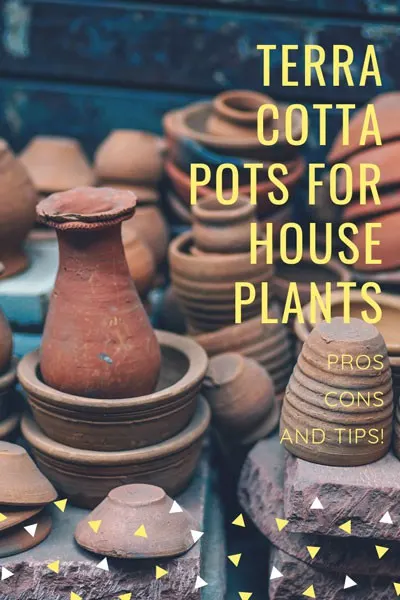
Before I get into the pros, cons, and tips for using terra cotta pots, do you know what “terra cotta” means? It literally means “baked earth” or “cooked earth” in Italian. Which makes sense because that’s exactly what it is! It is essentially baked clay.
Perhaps this is why I’m drawn to it so much because of my Italian heritage.
Let’s get into a more detailed discussion of terra cotta, or clay pots, and by the end of the post, you can determine if they’re suitable for you! I have many of my houseplants in terra cotta pots.
Table of Contents
Advantages of Clay Pots
There are many advantages to terra cotta, or clay pots.
Terra cotta pots are usually very inexpensive! This is one of the main plusses for me, especially since I’m a houseplant hoarder…I mean collector.
Buying a lot of pots can quickly get very expensive, so this is part of the reason that I sometimes gravitate towards using terra cotta.
I’m talking about the plain terra cotta pots, and not the fancier ones which can be more expensive.
Terra cotta pots improve soil aeration and protect your plants from staying wet for too long. Unglazed clay pots are very porous and allow for water and oxygen exchange.
More oxygen to the roots of your plants is a good thing. Especially if you tend to go heavy on the watering can!
It is much more difficult to “overwater” your houseplants in terra cotta, versus plastic or some other types of pots.
Terra cotta pots are heavier than plastic, so they can be ideal for more top heavy plants. Or if you are clumsy like me sometimes and tend to knock things over easily.
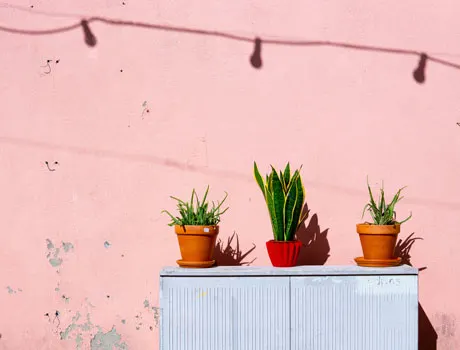
Terra cotta pots will develop a beautiful patina over time. This normally comes from the porous nature of the clay and its ability to absorb minerals from hard water.
They will also absorb fertilizer salts and will build up over time. Of course some people may not like this and it may be a disadvantage, but I’ll talk more about this soon.
Disadvantages of Clay Pots
There are some disadvantages to using clay pots. It really depends on your situation though and personal preference for some of these. One person’s disadvantage might be another’s advantage!
Terra cotta pots can be pretty fragile. If you’re not careful, they can be easy to crack or break. This is especially the case if you move your houseplants outside for the summer.
The winds can easily knock your plants over, so be sure to place them in a protected spot, or secure them somehow so they are less prone to blow over.
Because unglazed terra cotta pots are so porous, you may find it difficult to keep up with the watering needs of your plants. Especially the smaller terra cotta pots!
I have some plants in 4 inch pots that are very difficult to keep up with watering because they dry out so quickly.
The larger terra cotta pots are much easier to manage. More on that topic later in terms of good plants to place into terra cotta pots.
You should be careful of the surface that you place your terra cotta pot and saucer on because it might damage wooden furniture.
More on this topic in the next section where I list numerous tips for working with terra cotta pots!
Tips for Using Terra Cotta Pots Indoors
Tip #1: Did you know that if you have a brand new terra cotta pot, you should be soaking it in warm water for a good half an hour?
This helps condition the pot so that it doesn’t wick excessive moisture away from your plant. Terra cotta pots already dry out pretty quickly, so you don’t need to make the situation worse.
I can tell the difference in cases where I have forgotten to do this.
Tip #2: Turn a negative into a positive.
I have broken many terra cotta pots in my time, but I save the broken pots. Why? I use the broken pot shards to cover drainage holes whenever I repot any plant, whether for indoors or outdoors.
This will let the water out, but help keep the soil in. Just remember to place it in the correct orientation over the drainage hole(s). It should be placed like an upside down U over the drainage hole.
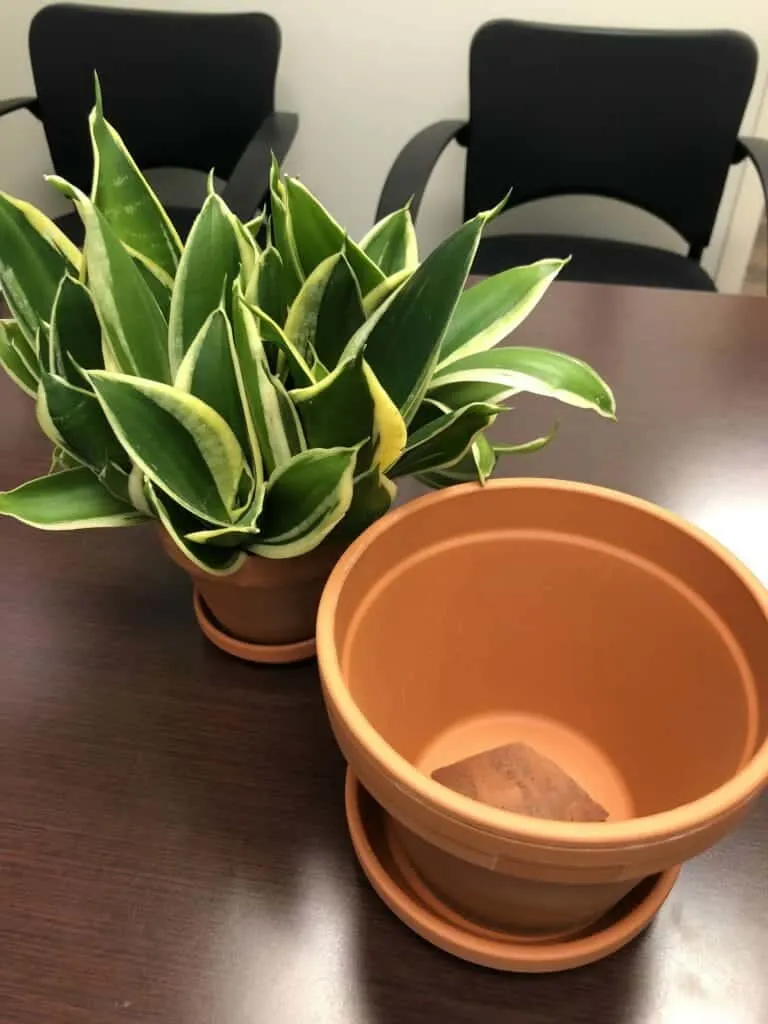
Tip #3: When placing any terra cotta pots onto wooden furniture, use a glazed saucer, or plastic saucer, to prevent water damage.
A regular, unglazed terra cotta sauce is very porous so water will seep through and damage any wooden furniture you have it placed on. To solve this, I use two different methods.
If I want to keep the terra cotta look of the saucer, I love using glazed terra cotta saucers. They are glazed on the interior so that water doesn’t seep through. If I can’t find them locally, I normally purchase glazed terra cotta saucers on Amazon.
Sometimes these are hard to find or more limited, so you can also go with a terra cotta colored plastic saucer:
Lastly, I LOVE keeping a bunch of these “in stock” in my house at all times. I feel like I never have enough of these and use an assortment of different sizes. Clear plastic saucers in various sizes to protect your furniture:
Tip #4: If you don’t like the patina that terra cotta pots develop over time, there are a couple things you can do to help prevent this.
First, don’t use tap water to water. The hard minerals in tap water will build up over time in the clay.
Use an organic fertilizer, instead of a chemical fertilizer, to fertilize your plants. Chemical fertilizer salts will also build up in the clay over time.
How to Clean Terra Cotta Pots
Do you have a bunch of old, terra cotta pots with a lot of crusty mineral buildup that you want to reuse?
Or perhaps you bought a whole bunch of them for next to nothing at a garage sale and you want to clean them up? Follow these tips to help clean up those crusty pots!
Step 1: If you don’t have one of these, they’re SO useful to clean your pots! Whether you’re using them for terra cotta pots or any other type of pot. Obtain a flower pot bristle brush and use it to brush off as much of loose soil and any mineral build up that you can first.
Step 2: Take your terra cotta pots and soak them in a solution of white vinegar. You can use normal white vinegar which is normally a 5%, or you can also get yourself some cleaning vinegar, which is commonly sold in grocery stores or you can purchase it online.
It has a higher percentage of acidity which will help break up the crusty buildup even better on your terra cotta pots!
Simply mix 1 part vinegar by volume to 3 parts water. Submerge the terra cotta pots completely in the solution and let them soak for a good half an hour.
Then you can take the pots out and use the pot brush to brush off any residue that has been loosened up.
Step 3: Time to disinfect your pots! You’ll have to disinfect your pots to be safe in case any bacteria, viruses or plant pests are still lingering.
Simply mix a solution of 1 part bleach to 10 parts water and soak your pots in there for at least 4 hours. Be sure to wear gloves and be safe if you are handling bleach. Then rinse the pots off with clean water.
After this step, I like to then soak the pots in plain water for an additional hour or so to remove any bleach residue, and then rinse one last time until plain water.
Some people also put terra cotta pots in the dish water, instead of using the bleach method, to disinfect their terra cotta pots, but I’ve personally never done this.
Remember, cleaning and disinfecting are two completely different things!
An item might appear to be clean visually, but it may still be harboring bacteria, viruses and other unwelcome guests, so you should think twice if you choose not to disinfect any pots that you are reusing!
Best Plants for Terra Cotta Pots
Let me make one comment about terra cotta pots. You CAN use them for pretty much any plant. They provide many benefits, as you’ve read above. The question is, can you keep up with terra cotta for certain plants?
Sure, you can certain put a fern or a Calathea into terra cotta. But is it the ideal pot choice for these plants? No! But if you can keep up with the watering, then go for it! I wouldn’t recommend it. Why create extra work for yourself?
As far as some plants that I love growing in terra cotta pots, here is a list that does very well for me, and I will explain why shortly:
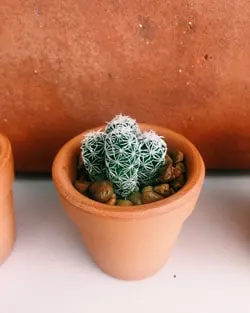
- Sansevieria (snake plant, mother in law’s tongue)
- Bromeliads, orchids, epiphyllums (any epiphyte really!)
- Hoyas
- Pilea peperomioides and any other species of Pilea really
- Any Peperomia (like Peperomia polybotrya, and many others)
- All succulents (Aloe vera, Echeveria, string of pearls, string of hearts)
- All cacti
The reason that all of the houseplants above do so well in terra cotta is that they all demand excellent drainage AND they like to dry out a good amount in between watering (to varying extents…) If they don’t dry out in a reasonable amount of time, they may give you some trouble.
Again, you can grow ANY plant in terra cotta pots, but just be wise. Try and match up your growing conditions, watering habits, and type of plant to give your houseplant the perfect home!
Do you use terra cotta pots? What do you like and dislike about them?






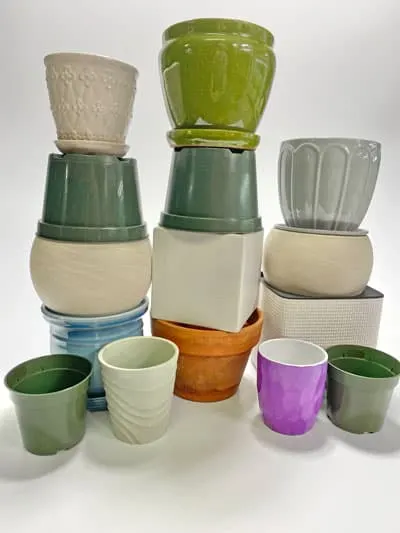
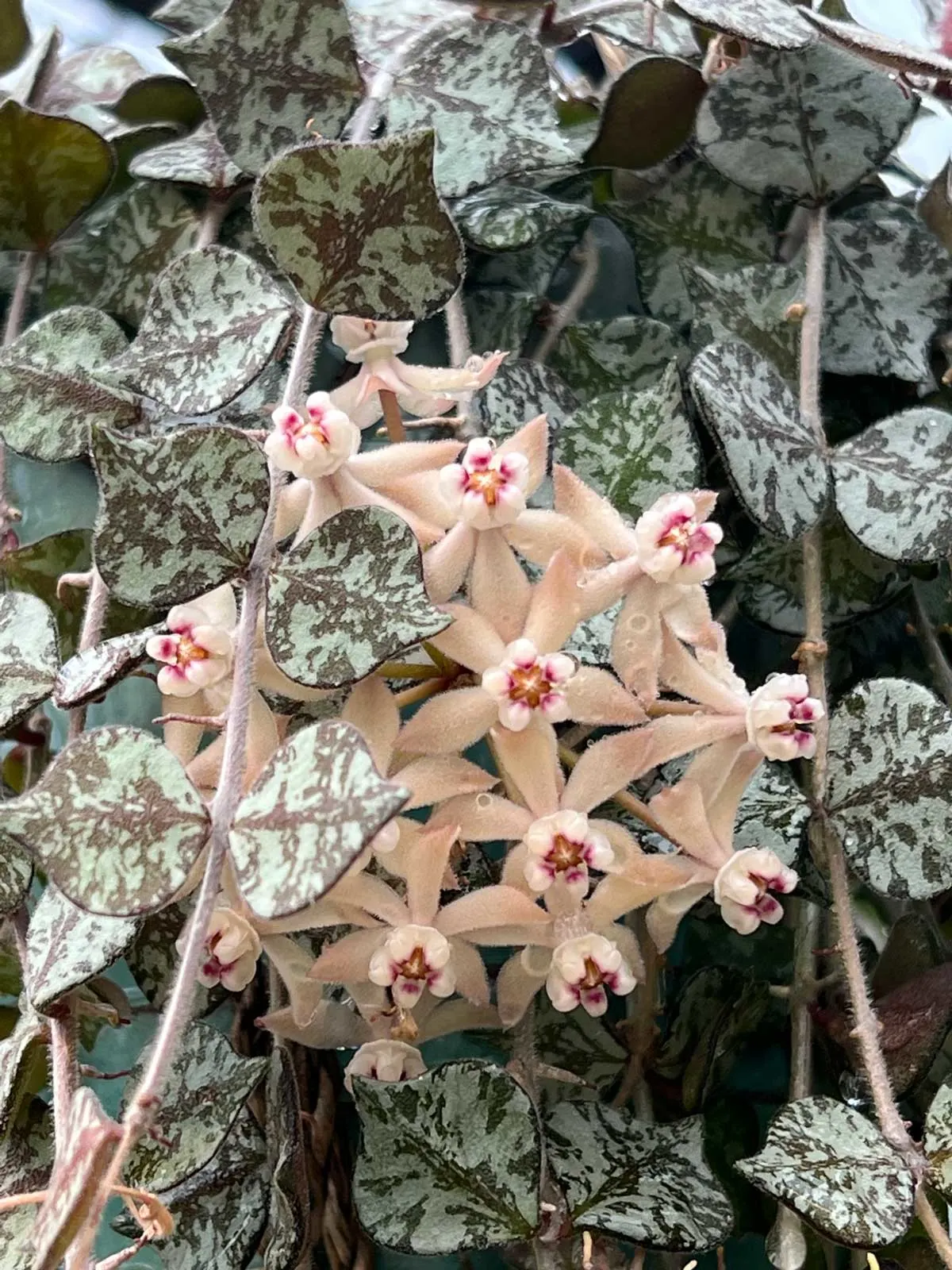

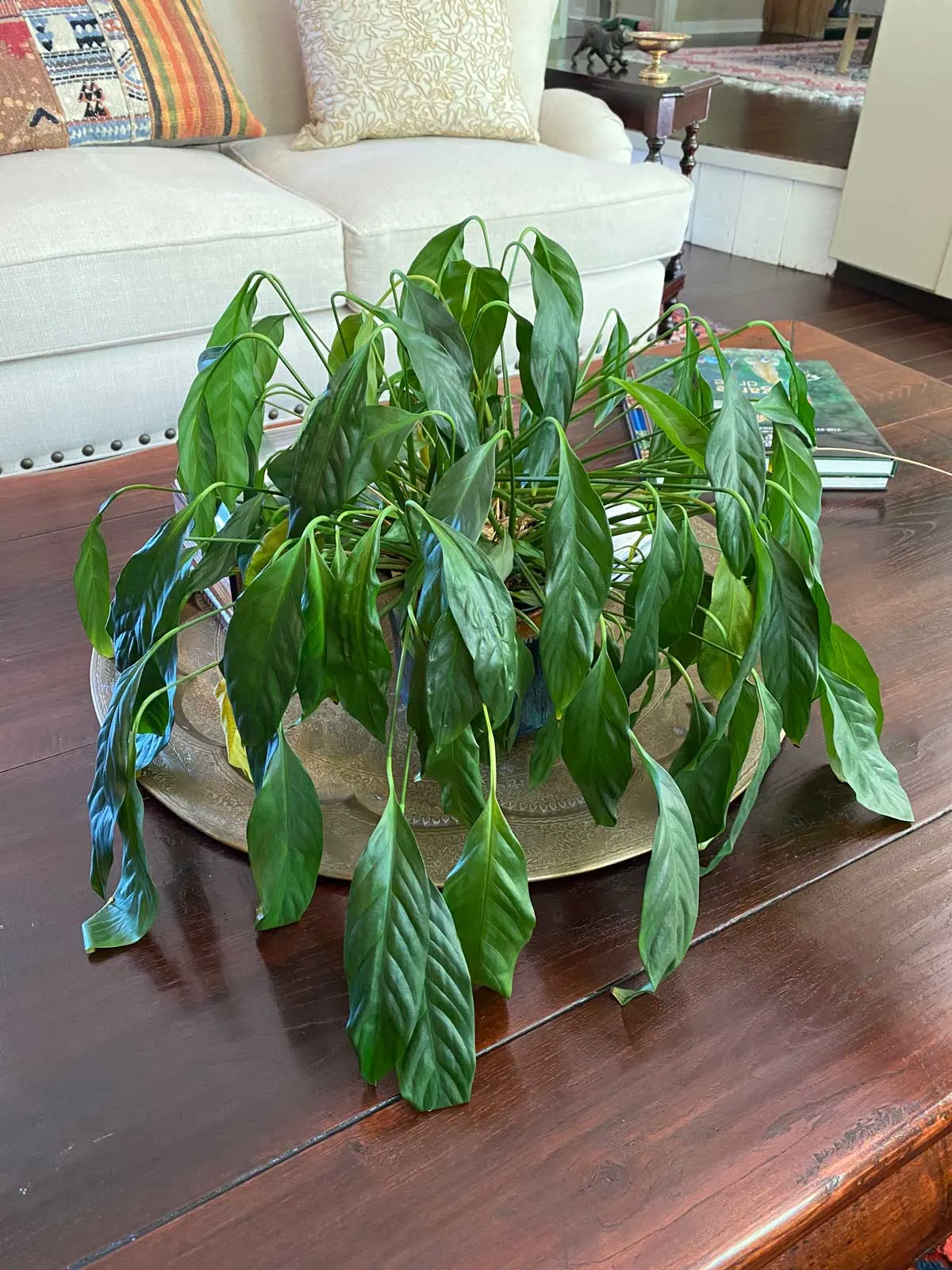
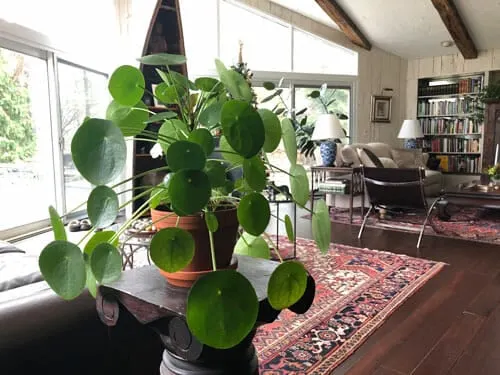
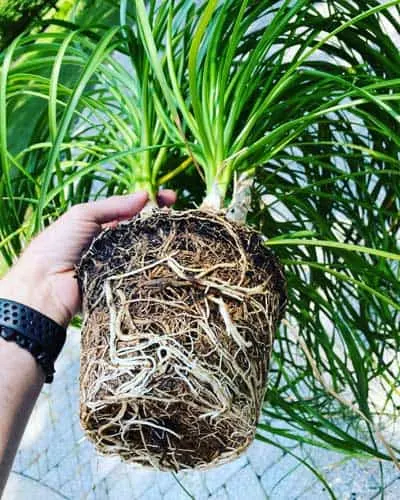
Aishwarya
Monday 20th of December 2021
Terracotta plant pots are definitely the best! Thank you so much for this informative article.
Raffaele
Monday 20th of December 2021
You're very welcome Aishwarya!
Bernie Gatt
Tuesday 25th of May 2021
Hi I bought lots of new terracotta pots for INDOOR succulents 3 years ago and almost without exception they are disintegrating before my very eyes.they are just flaking off. I assumed that once the top layer blew off that they might stabilise but no. I barely fertilise and if I do its seaweed based. We have a water filter so it shouldnt be hard water problems. I want to complain to where I bought them but if it just 'how it is' then it's just my hard luck but I havent seen anyone else mention it as an issue so I would love your opinion Kind regards Bernie
Raffaele
Tuesday 25th of May 2021
Hi Bernie, sorry to hear you're having that issue. I've only seen that when the pots are very old. They should be lasting much longer than 3 years. I would say something where you bought them so that they're aware.
Simone
Friday 22nd of January 2021
Super informative, thank you! Quick question: I live in a climate where winter temps are regularly below zero but I make sure my main indoor plant location is around 69-70. On really subzero days I notice my one in-use terra cotta pot becomes very, very cold, much colder than the ceramic or plastics. Have you come across this before or might it be a one-off situation? Thinking I should either save them for summer or use them for cold-tolerant plants. Thoughts? Thank you!!
Simone
Saturday 23rd of January 2021
@Raffaele, yes, I have three and they're all indoors but two are empty. Ony the one with the plant in it gets cold like this.
Raffaele
Friday 22nd of January 2021
Hi Simone! When you said "in-use" terra cotta pot, did you mean one that is indoors?
Rachel
Thursday 14th of January 2021
Hi! Great and informative article. My terra cotta pot is glazed on the inside only. Would this be an issue for a snake plant? Thanks!
Raffaele
Thursday 14th of January 2021
Hi Rachel! Just the fact that it's glazed on the inside is not an issue at all. The bigger issue would be if your pot is too big and the soil is taking too long to dry out. If you have good light though and you haven't oversized your pot, you should be just fine!
Jimmy Thuan Nguyen
Saturday 18th of July 2020
Hi. Do you know the % porosity of terra cotta planter pots, the common ones found at garden centers?
Raffaele
Saturday 18th of July 2020
I don't unfortunately. That is a good question though!